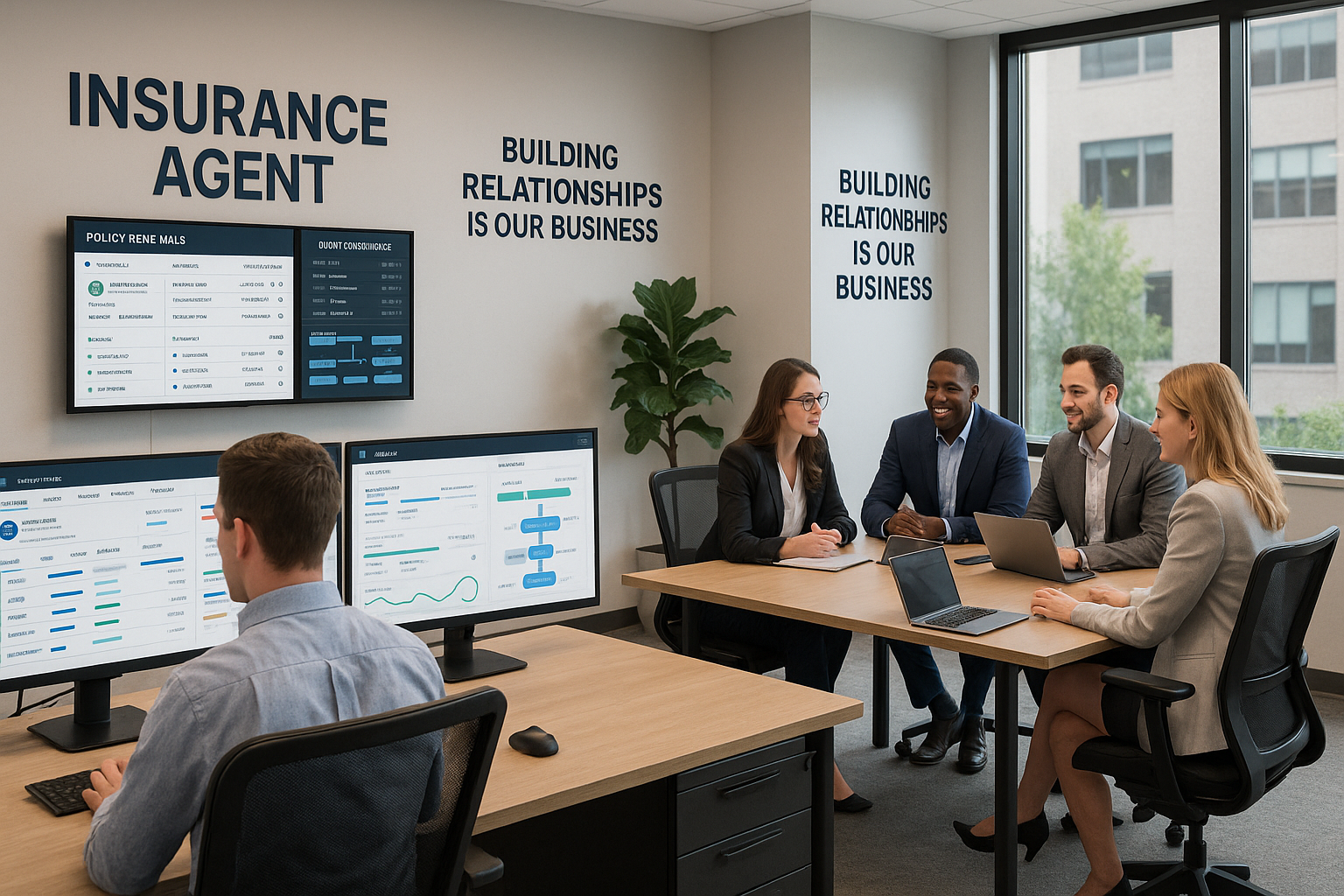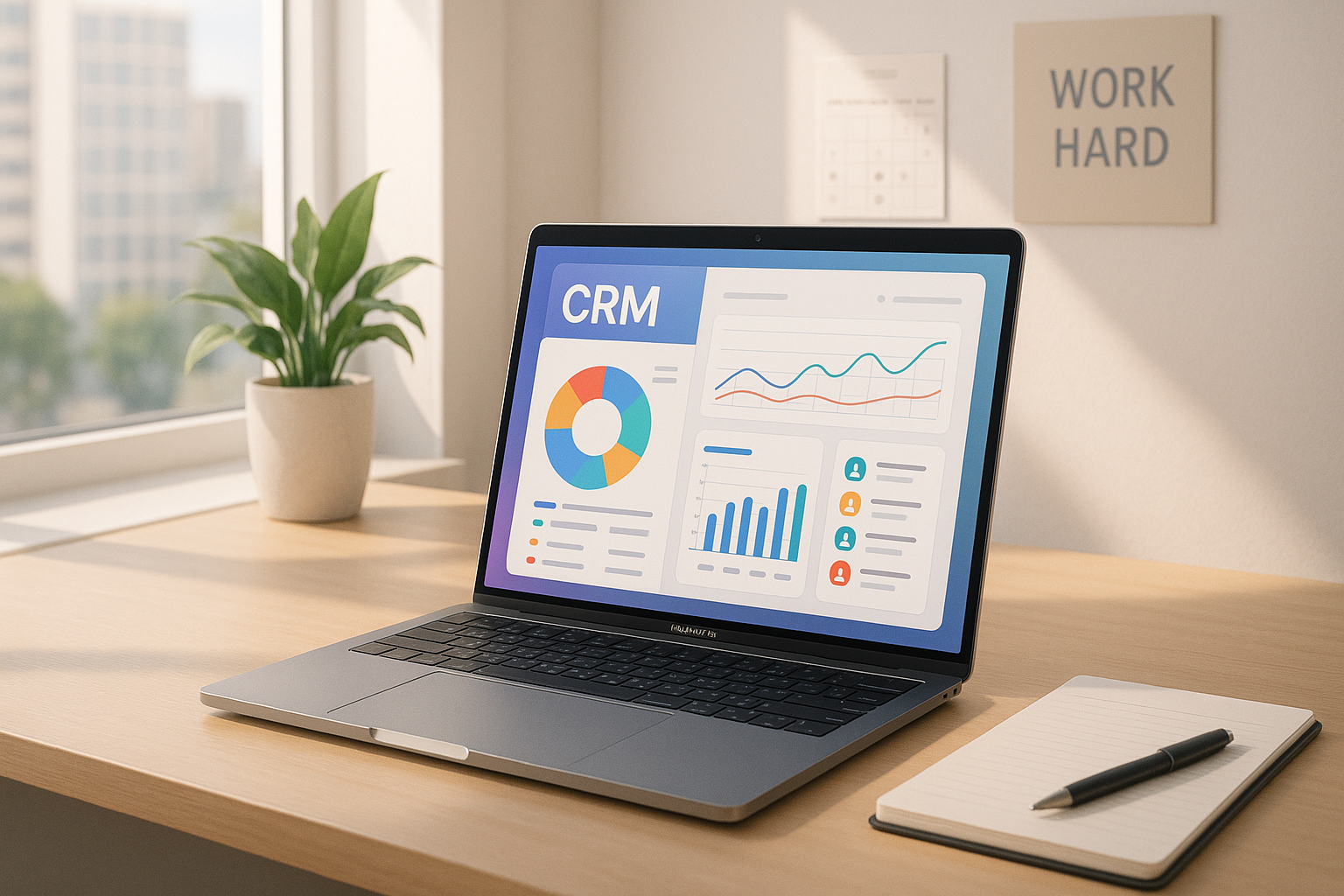Editor’s note: A few years ago various surveys stated that almost 70% of CRM initiatives fail. Nowadays the situation has radically changed due to the system efficiency and the well-thought strategy incorporation. However, the successful CRM setup requires the coherent tactics based on the business objectives.
Today we present you an interview with John Mertic, the director of business development at Bitnami. He tells us how to find out what does it takes to apply and tailor CRM platform to company’s day-to-day activities, as well as gives tips on data management and system security.
1. Why do you choose to work with open source applications?
Open source gives you the freedom to help make software work for you better, letting you customize, modify, and adapt it to meet your needs and processes. Having powerful applications that enable you to work more efficiently are critical to making your organization scale and stay ahead of competitors, and open source is the sure fire way to enable that.
2. John, in your opinion, what criteria should vendors consider before the adoption of a CRM platform?
You need to understand how your business works, with a good understand of the current processes and pain points. Too often software is purchased and then the company is forced to change how they work too much to accommodate how the CRM is designed. Taking a bit more time during the CRM selection and discovery process to ensuring the package being selected aligns well and gives you room to grow saves lots of time and money during the implementation process.
3. Could you give some pieces of advice on setting up CRM analytics?
Start with finding lightweight weighs to model what you are trying to do first. For example, in the past . I would build dashboards in Excel or Google Sheets to help understand how I want to look at the data, then go back to IT and the business to see how to push this back into the CRM itself and what else we need to add to it to track it efficiently. Spend more time in the mockup stage first before making too many changes to the CRM itself.
4. How to set up the appropriate conditions? Can this CRM option increase the end-user adoption level?
Workflows are probably the number one reason that a user will see the value of a CRM package. This is an area where you want to engage the users, and see how they work on a day to day basis. Try to identify areas where they spend a lot of manual time, and then look for ways to automate it. These easy wins bring trust between the CRM and the end user, which in turn helps grow adoption.
5. When is the right time to personalize your solution? Are there any limits?
Personalization and customization should come very early on and always be something a company should be looking to improve. A great CRM implementation is one that can make every user more productive, and aligning the customizations with that is key to success.
6. What filters should we set up for exclusion these unnecessary copies?
Social media monitoring is an activity best left to tools designed for this space. In the context of a CRM what’s important is to ensure key information coming from any source, whether social, email, or other sources, is presented clearly to the user and they are given a path on how to act on it.
7. What are the other ways to protect files and records?
I’ve always thought the most critical security hole that is often overlooked is physical security. Make sure users have good usernames/passwords, and any computers or devices accessing the CRM are kept up to date and users ensure they don’t get out of their control.
8. What are the key steps of successful post adoption process? Can we streamline this process? Could you give some tips?
Constant feedback sessions with stakeholders, as well as continuing to engage with the vendor to understand new trends and features that can help the business. I’d recommend making them a formal, defined activity that is done on a regular basis.
We’d like to thank John for offering his practical and useful pieces of advice about the CRM software implementation, data collection and segmentation, as well as his views on the security matter and essence of automation tools. His insights into the CRM ecosystem developing will be effective for our readers.
P.S. Want to broaden your abilities and release your business potential with new CRM but feel suspicious about migration? The automated service Trujay may handle this task for you with ease. The SaaS enables a quick, precise and data switch. Find out more here https://www.trujay.com/ or set up a free Demo and see the service in work.
.jpeg)




(2).jpg)